Installing Hardwood Flooring
shw001
11 years ago
Related Stories

MATERIALSWhat to Ask Before Choosing a Hardwood Floor
We give you the details on cost, installation, wood varieties and more to help you pick the right hardwood flooring
Full Story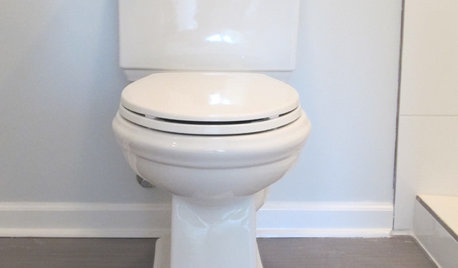
BATHROOM DESIGNHow to Install a Toilet in an Hour
Putting a new commode in a bathroom or powder room yourself saves plumber fees, and it's less scary than you might expect
Full Story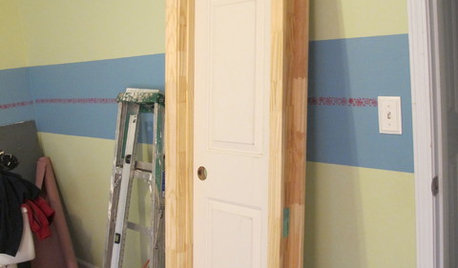
REMODELING GUIDESDIY: How to Install a Door
Homeowners who aren't afraid of nail guns can tackle their own pre-hung door project in a couple of hours
Full Story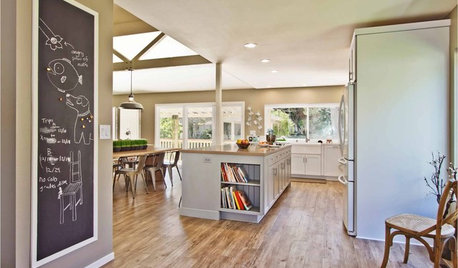
FLOORSWhat's the Right Wood Floor Installation for You?
Straight, diagonal, chevron, parquet and more. See which floor design is best for your space
Full Story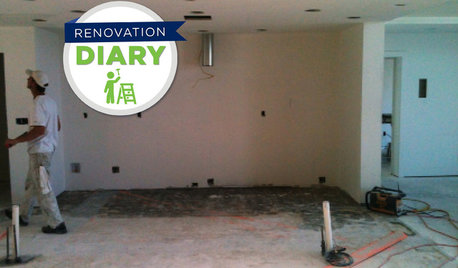
REMODELING GUIDESRanch House Remodel: Installing the Interior Finishes
Renovation Diary, Part 5: Check in on a Florida remodel as the bamboo flooring is laid, the bathroom tiles are set and more
Full Story
HOUSEKEEPINGHow to Clean Hardwood Floors
Gleaming wood floors are a thing of beauty. Find out how to keep them that way
Full Story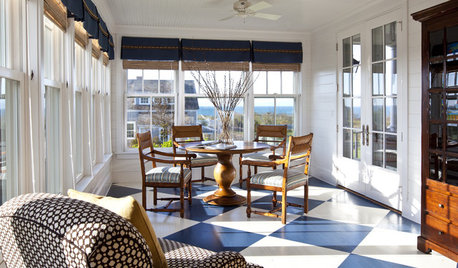
FLOORSHow to Paint Your Hardwood Floors
Know how to apply nail polish? Then you can give your wooden floors a brand-new look
Full Story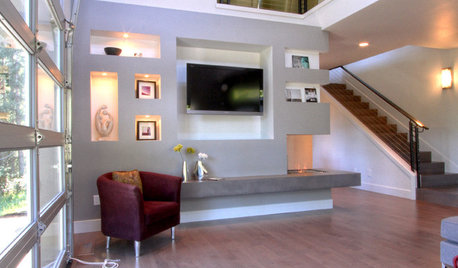
REMODELING GUIDESContractor Tips: Smooth Moves for Hardwood Floors
Dreaming of gorgeous, natural wood floors? Consider these professional pointers before you lay the first plank
Full Story
REMODELING GUIDESTransition Time: How to Connect Tile and Hardwood Floors
Plan ahead to prevent unsightly or unsafe transitions between floor surfaces. Here's what you need to know
Full Story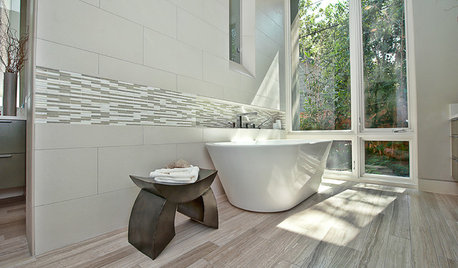
BATHROOM DESIGNHow to Match Tile Heights for a Perfect Installation
Irregular tile heights can mar the look of your bathroom. Here's how to counter the differences
Full Story








terrybull
brickeyee
Related Professionals
Clarksburg Kitchen & Bathroom Designers · Greensboro Kitchen & Bathroom Designers · Hillsboro Kitchen & Bathroom Designers · Terryville Kitchen & Bathroom Designers · Broadlands Kitchen & Bathroom Remodelers · Oxon Hill Kitchen & Bathroom Remodelers · Middlesex Kitchen & Bathroom Remodelers · Fernway Interior Designers & Decorators · Hainesport General Contractors · Coos Bay General Contractors · Enfield General Contractors · Fort Pierce General Contractors · Miami Gardens General Contractors · Perrysburg General Contractors · Statesboro General Contractorsshw001Original Author
User
User
brickeyee
Jumpilotmdm
otislilly.com
la_koala
brickeyee